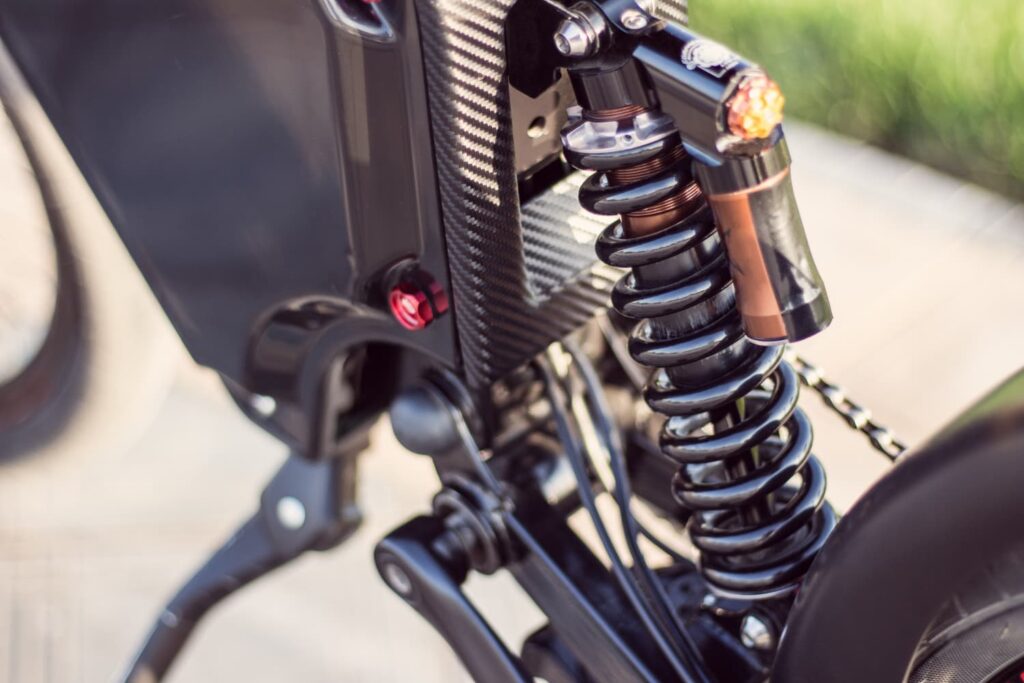Understanding MTB Suspension Basics
If you’re venturing into mountain biking, you’ve probably heard a lot about suspension. But what exactly is it, and why does it matter? Simply put, suspension helps absorb shocks from the terrain, ensuring you stay in control while riding. This is especially crucial when tackling rocky trails or steep descents. Think of it as your bike’s way of keeping you comfortable and balanced.
There are generally two types of suspension systems used in mountain bikes: hardtail and full-suspension. A hardtail bike features a suspension fork in the front, but has a rigid rear end. Conversely, full-suspension bikes offer suspension on both ends, providing a smoother ride. But don’t rush into a decision just yet; there’s more to consider.
Factors to Consider When Choosing Suspension
Riding Style
Your riding style plays a major role in determining what kind of suspension you need. Are you a trail rider, cross-country racer, or downhill enthusiast? Each style has its own demands:
- Trail Riding: A balanced setup is crucial. You want a shock that can absorb bumps yet still be responsive on climbs.
- Cross-Country: Lightweight and efficient are the names of the game. Look for a bike with firm suspension for better pedal efficiency.
- Downhill: You’ll want plush suspension that can handle big hits. Comfort and control on steep descents are your priorities.
Types of Suspension
As mentioned earlier, you have hardtail and full-suspension options. Let’s break down each type further:
- Hardtail: These are generally lighter and less expensive. They’re great for beginners and those who ride primarily on smoother trails. The lack of rear suspension can make climbing easier since you don’t lose power through rear shock compression.
- Full-Suspension: While heavier and often more costly, these bikes provide superior comfort and traction. They absorb more impacts and maintain better contact with the ground, which is a big plus for technical trails.
Travel Length
Travel length refers to how much the suspension can compress. A bike with longer travel (more than 140 mm for the front) is generally better suited for rough terrain, while shorter travel bikes (less than 120 mm) excel in climbing and smoother trails. Here’s a quick rundown:
- Short Travel (80-120 mm): Ideal for cross-country and efficient climbing.
- Medium Travel (120-140 mm): A versatile option, perfect for trail riding that includes a bit of everything.
- Long Travel (140 mm and up): Great for aggressive downhill or enduro riding, where you need maximum control and comfort.
Weight and Build Quality
The weight of the suspension components affects overall bike performance. Lighter parts can enhance climbing but may compromise durability. High-quality materials, like aluminum or carbon fiber, are key. It’s essential to strike a balance between weight and build quality to ensure you get a setup that meets your needs without sacrificing performance.
Adjustability Features
Look for bikes with adjustable suspension settings. Features like compression and rebound adjustments allow you to fine-tune the suspension based on your weight, riding style, and terrain. Being able to adapt the bike to different conditions not only enhances your riding experience but also prolongs the life of your components.
Popular Suspension Brands
When it comes to choosing your MTB suspension, brand reputation can give you a leg up. Here are a few well-known names:
- RockShox: Known for their reliable and high-performance suspension forks and shocks.
- Fox: Offers a range of adjustable shocks and forks, becoming a favorite for many bike manufacturers.
- Marzocchi: They cater to enthusiasts looking for durable suspension with good performance.
- DVO: Known for their focus on performance and adjustability.
How to Test Suspension
Now that you’re armed with knowledge about suspension systems, the next step is testing. It’s important to have a hands-on experience to really understand how different setups perform. Here’s how you can do it:
Find a Local Bike Shop
Your local bike shop often has demo bikes, allowing you to try different setups. Take advantage of this. Riding with different types of suspension can help you feel the differences in performance. Don’t be shy about asking for advice. The staff are usually enthusiasts themselves and can point you in the right direction.
Go for a Ride
When testing, ensure you take the bike on similar terrain you plan to ride regularly. This will give you a more accurate idea of how it feels under your riding conditions. Pay attention to:
- How it climbs and descends.
- How cushioned it feels during rough patches.
- Its responsiveness when cornering.
Ask Friends or Community
If you have friends or acquaintances who mountain bike, ask them about their setups. Real-world feedback is invaluable. You might learn of pros and cons you hadn’t considered. Plus, you might even score a chance to take their bike for a spin.
Maintenance Tips for Your Suspension
- Regular Cleaning: Keep your suspension clean. Mud and dirt can cause damage over time, so wipe it down after every ride.
- Check Air Pressure: If your suspension is air-based, make it a habit to check and adjust the air pressure before rides.
- Professional Servicing: Consider having a professional service the suspension regularly, especially if you ride frequently or in harsh conditions.
- Inspect Seals: Look for any signs of leaking oil or damaged seals. Replace them immediately to avoid further issues.
Conclusion
Choosing the right MTB suspension is less about finding the “best” option and more about finding what works for you. It’s about understanding your riding style, the terrain you’ll tackle, and how different components affect your ride. Remember to take your time exploring different systems and brands, and don’t hesitate to reach out for advice.
Ultimately, mountain biking is about enjoying the ride. Find a setup that makes you feel confident and comfortable, and you’ll be well on your way to hitting the trails with style. Happy riding!






